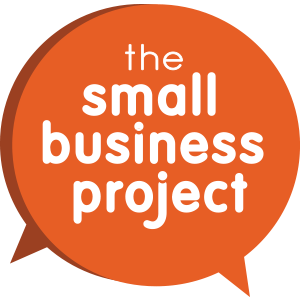For almost as long as advertising has existed, brands have used celebrities for endorsements. As social media evolves so does the use of influencers for marketing. A study by Nielsen found that only 33% of consumers trust online ads but 90% trust peer recommendations, and with new regulations putting a bigger onus on brands to clearly label when a piece of third-party influencer content has been paid for, micro influencers offer a cost-effective and accessible option for many small businesses.
Shakers and Makers
Time Out published some research recently splitting influencers into the two categories of Shakers and Makers. Shakers being celebrities and very well established and popular social media ‘stars’ and Makers being those with a more modest, but still influential following. The research also found that “makers are 10% more likely to successfully influence somebody else to take an action, despite having fewer followers.”
1,000 Followers Plus
Takumi is a micro influencer marketing platform and suggests that anyone with around 1,000 to 150,000 followers could be considered a micro influencer. Most people have a network of around 500 made up of friends, family and personal connections, but it’s when this network expands beyond this and develops into an ‘audience’ that the potential to influence materialises. You often find that people with slightly smaller networks tend to have more conversations with their audience,” says Solberg Audunsson, the company’s co-founder. “12,000 followers is a good number for you to start to see genuine back-and-forth interactions because people realise they’re more likely to get a response than if they were messaging Kim Kardashian.”
Time and Tools
By their nature of being lower-key than the likes of Zoella, micro influencers can be more difficult to identify. This can make the process of finding, interacting and connecting with these people more time-consuming. There is also an advantage here by taking a much more personal approach, spending time sharing and liking their content over a period of time and building up a more genuine connection before you approach them for a collaboration. There are tools available however to help with this. These tools have algorithms that can scan social media and blogs, looking for people with a certain number of followers and engagement rates. However, considering the personal approach we mention, some feel this automation is unhelpful or inappropriate. “In my experience a lot of tools tend to point you towards the biggest and most obvious people: you need to dig down a layer to find the really niche influencers who can help you make a difference,” says Jodi Mullen, influencer marketing lead at Yard Digital, the digital marketing agency. “A lot of it comes down to having your ear to the ground and knowing what’s going on in your industry and whose content is being shared. You then need to judge for yourself if a real conversation is happening and, crucially, if there are any signs of people actually being influenced.”
Micro Influencers and Authenticity
Once you’re working with a micro influencer, it’s important to give them some creative licence. It’s likely that their followers enjoy their content due to their individual tone of voice and delivery. You need to be able to sit back a little and allow them to speak about and share your brand in their own style and fashion. It’s this that bring the real authenticity to this kind of influencer marketing. An influencer who’s been paid to say something specific will stand out like a sore thumb against someone who really believes in a brand and wants to tell their audience about it in their own words.
How you work the specifics is up to you, whether you pay for your influencer’s service or whether you create some kind of partnership or co-marketing, it’s important for the influencer to have a meaningful understanding of your brand and product or service. It’s also worth considering how you can convert social shares and likes into sales.
